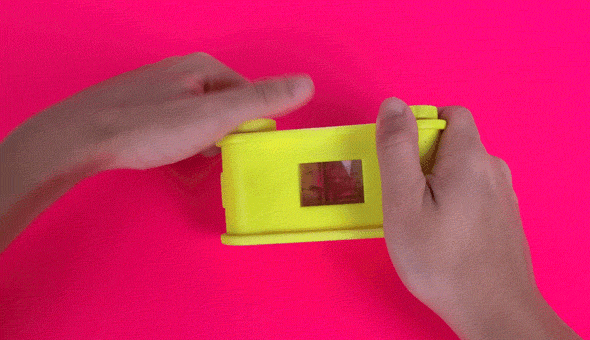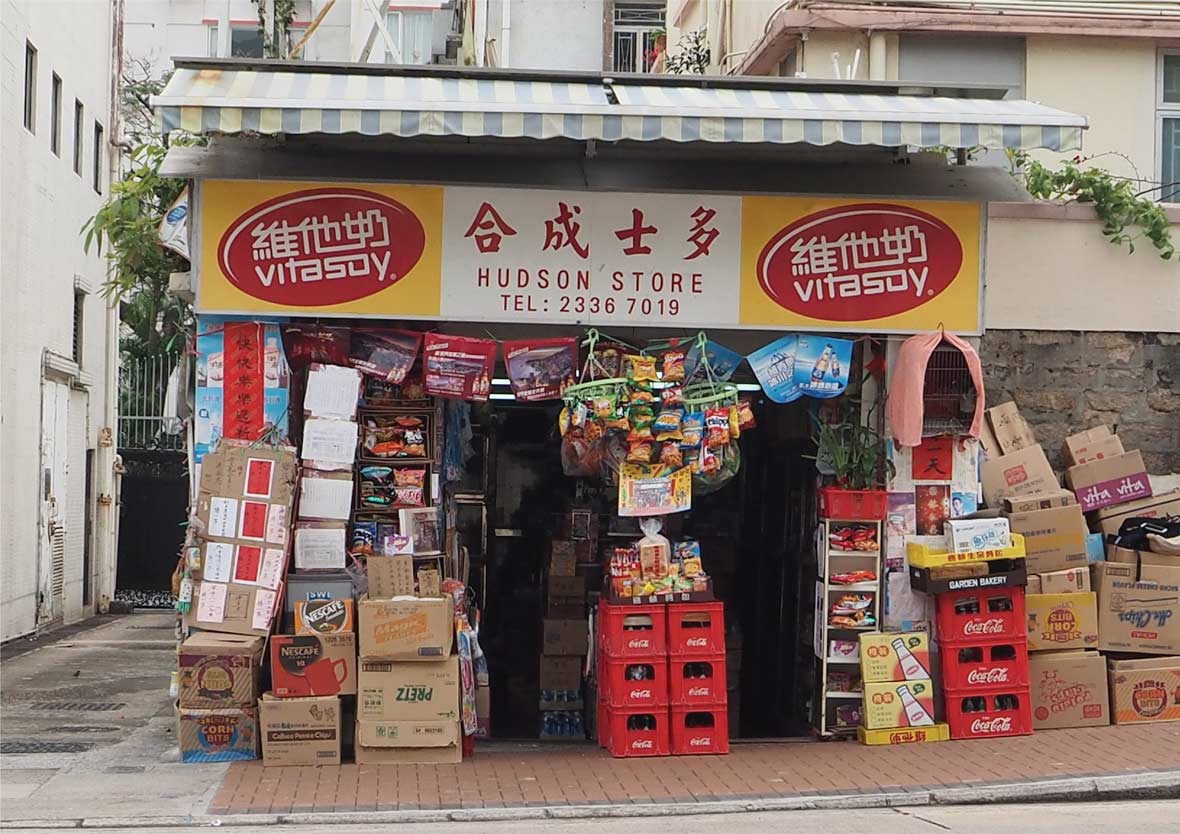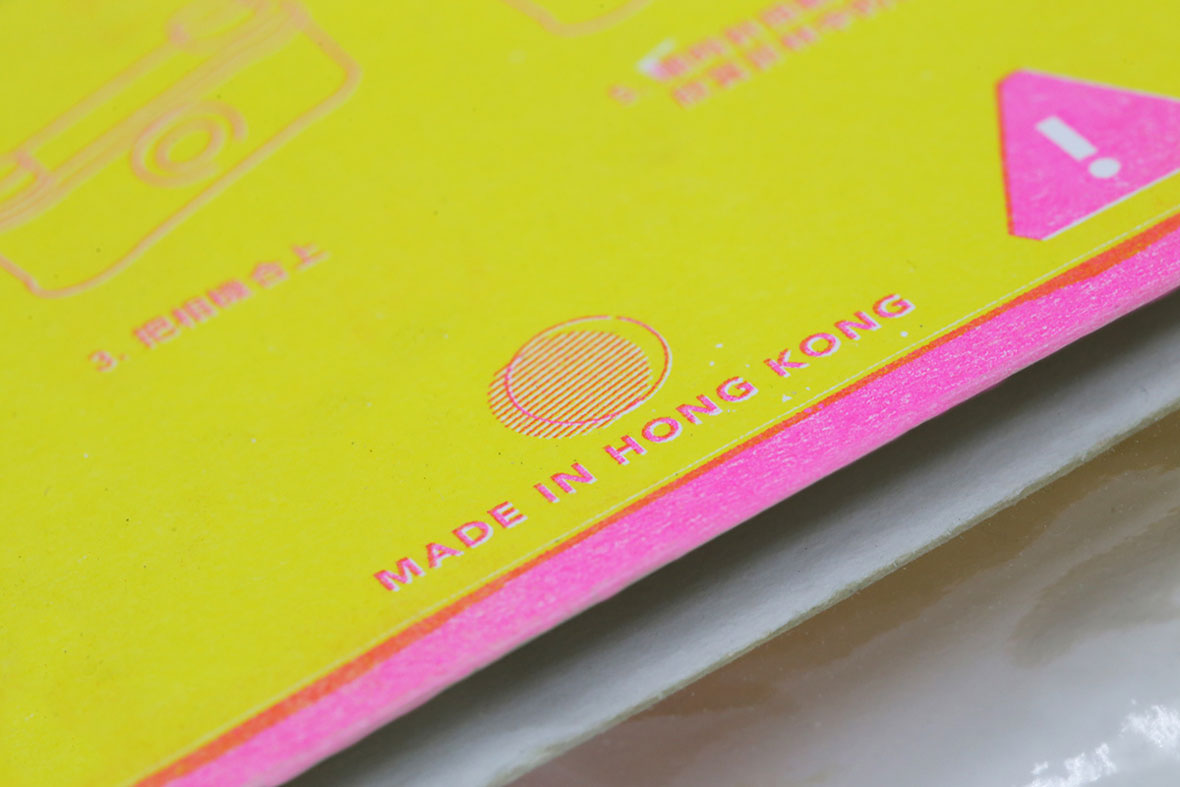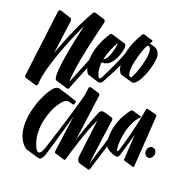Chan Hiu explores Hong Kong’s playful past
With "Made in Hong Kong," artist Chan Hiu writes the history of the city’s “knock-off” toys and pays homage to a significant piece of culture that’s gradually disappearing from sight.

This article was originally published on Neocha and is republished with permission.
Made in Hong Kong is a zine produced by the Hong Kong artist Chan Hiu. Each issue contains a different toy, such as a plastic gun, a slinky, or a build-it-yourself camera, stirring the childhood recollections of a whole generation. Her idea with this combination is to write the history of Hong Kong’s “knock-off” toys and pay homage to a significant piece of culture that’s gradually disappearing from sight.
“‘Knock-off toys’ is a term for the substitutes for expensive name-brand items made by Hong Kong’s toy industry in the 1950s and 1960s,” Chan explains. “Back then the city’s toy industry was world-famous, but a lot of what it made was for export, with extremely high prices that most locals couldn’t afford. So the factories gave leftover materials to knock-off producers.”
Knock-off producers were an important link in Hong Kong’s toy industry, and you might say they bore witness to its rise and fall. “Yet today, when people talk about knock-off toys, they don’t usually have in mind the old ones from Hong Kong, but the rip-offs made in mainland China, according to my survey results,” says Chan. “So Hong Kong’s knock-off toys have begun to fade from the memories of a generation.”
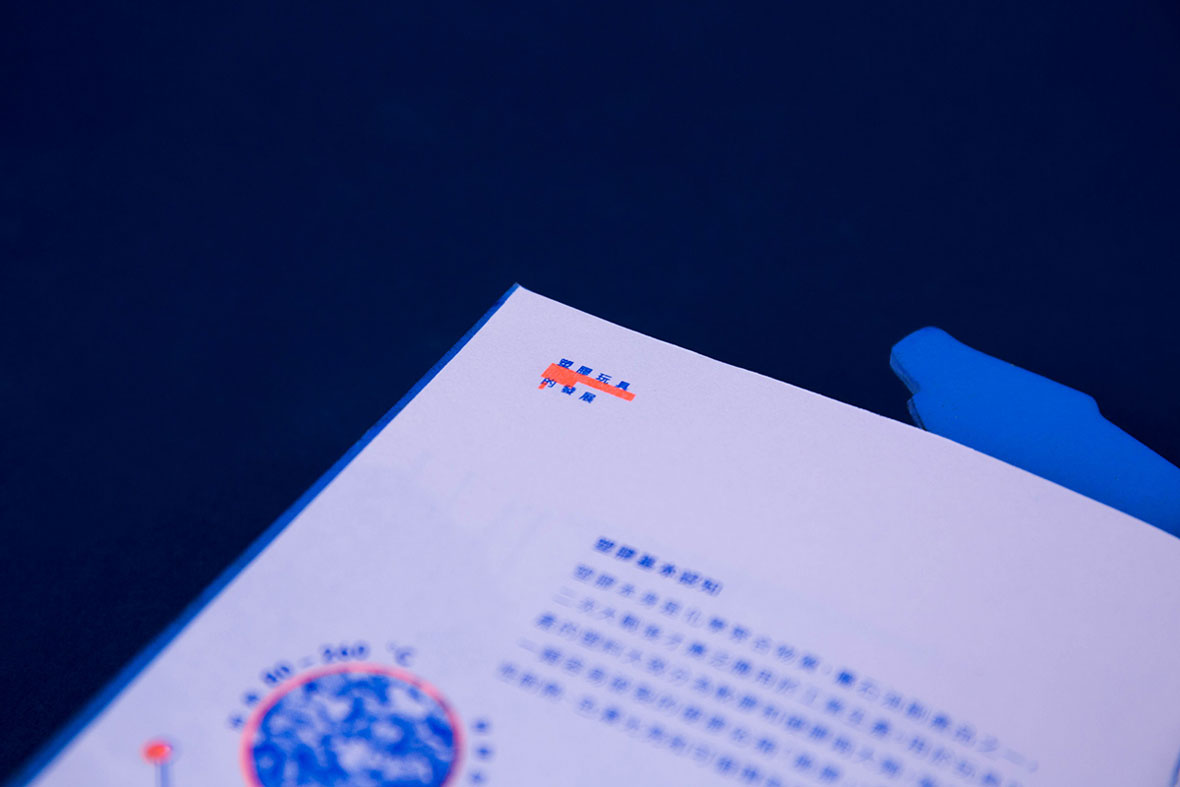

Chan’s been a toy lover ever since she was a kid. She still has memories of playing with all kinds of toys with her brother, competing in games whose rules they made up themselves. Even today, they sometimes look back on the adventures those toys were a part of. Those toys are a unique part of Hong Kong’s collective memory. But over the last few years, Chan has watched as the small shops that sold them—a common sight when she was little—disappear one after another. “Some have been pushed out by big corporations, some of closed up shop because they’re business wasn’t as good as it used to be,” she says.
“Toys bring people together. Whenever I bring up those classic Hong Kong knock-offs, there’s no end to the stories I hear. People here grew up with them, even if they paid them much attention. There’s not much documentation on the history of the city’s knock-offs, and I’m sure that if this irreplaceable part of history isn’t shared, it will quickly be forgotten by the next generation.”
To preserve these cultural memories, Chan has published Made in Hong Kong, a singular and highly unconventional zine. Here’s a short overview of the first three issues:
Vol.1 山寨重塑 / Knock-off Remake

“Knock-off Remake” is a booklet that introduces Hong Kong’s knock-off toys. Its front cover contains a plastic toy gun, and its back cover also evokes packaging design. Flipping through this booklet is like flipping through the history of knock-off toys and seeing their development over time.

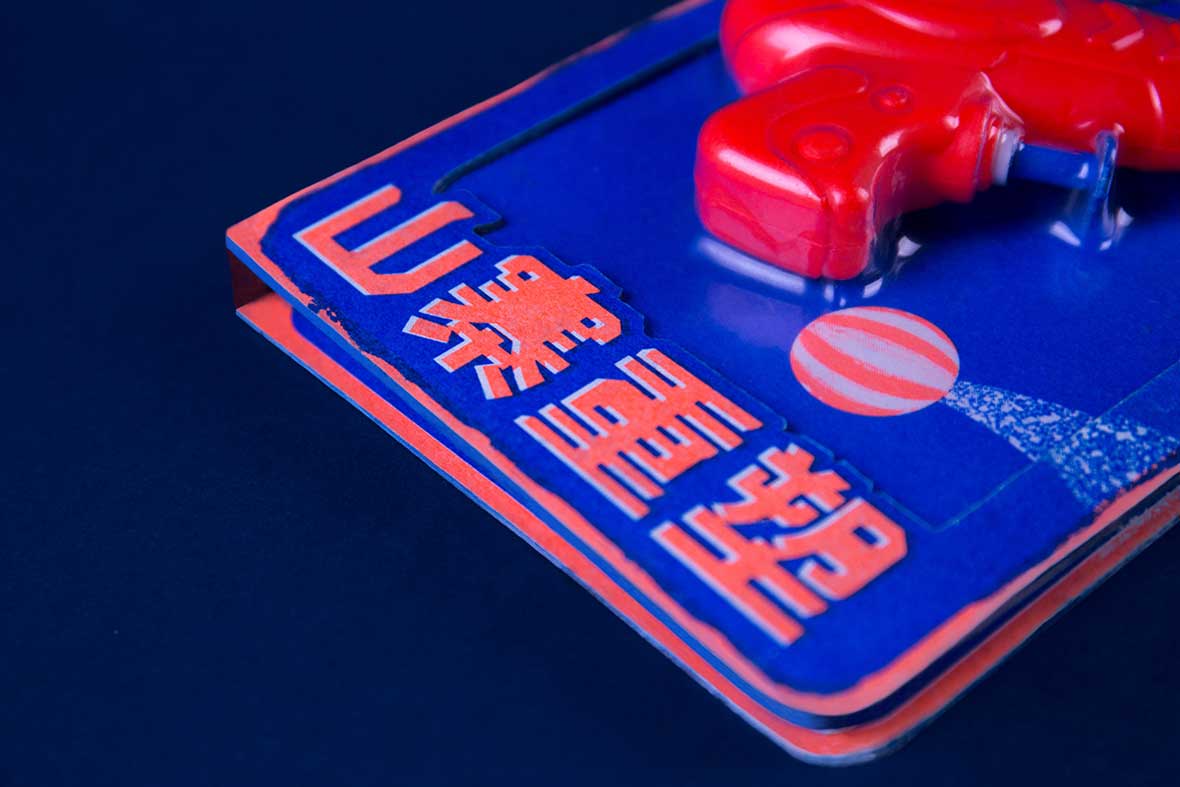
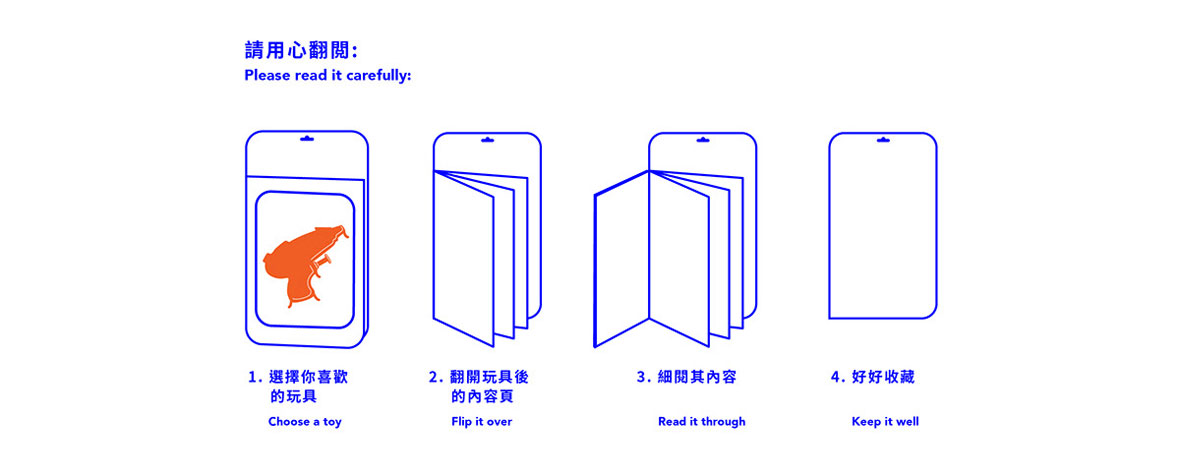
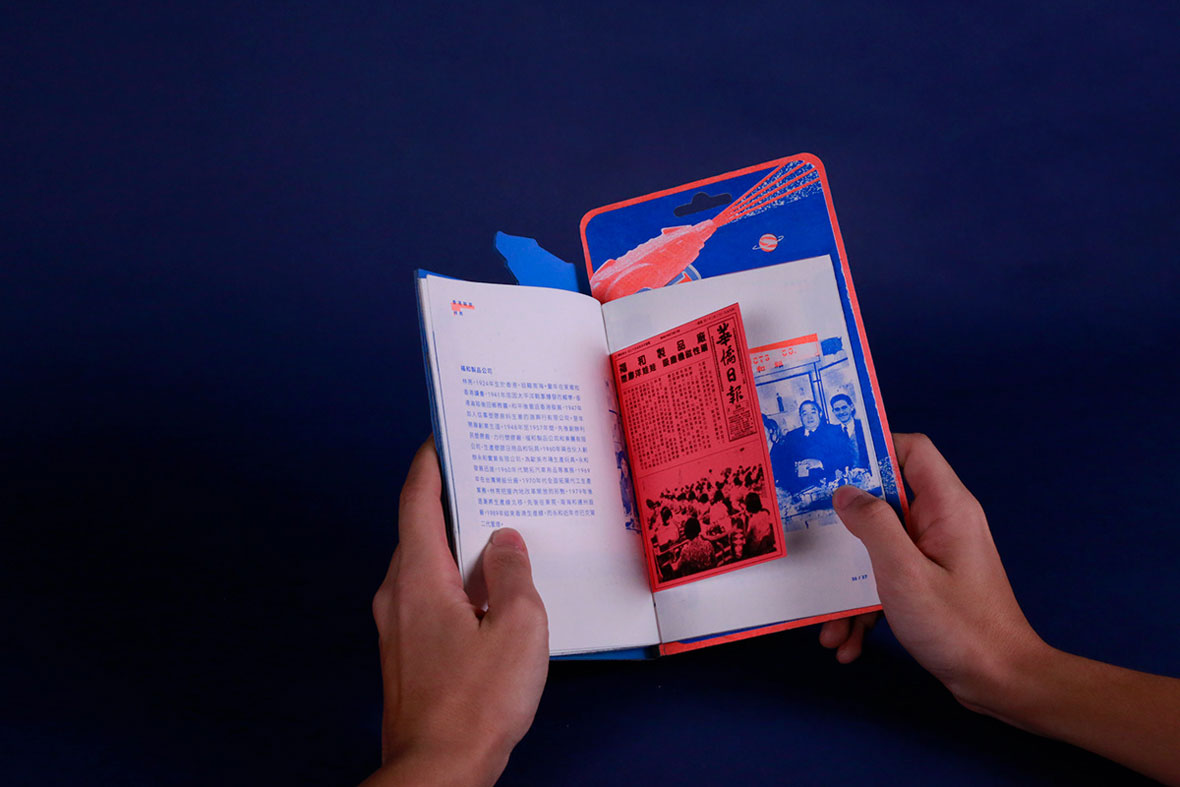
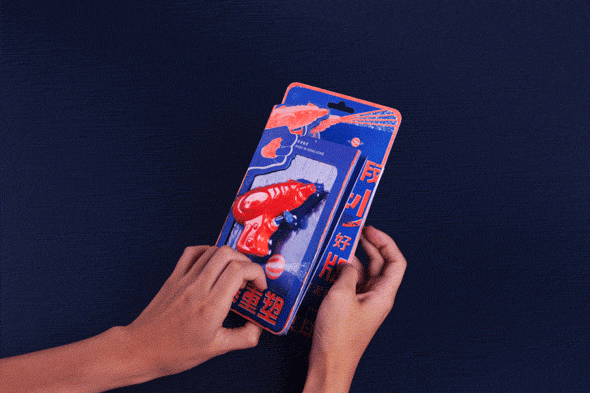
Vol.2 山寨时轴 / Knock-off Timeline
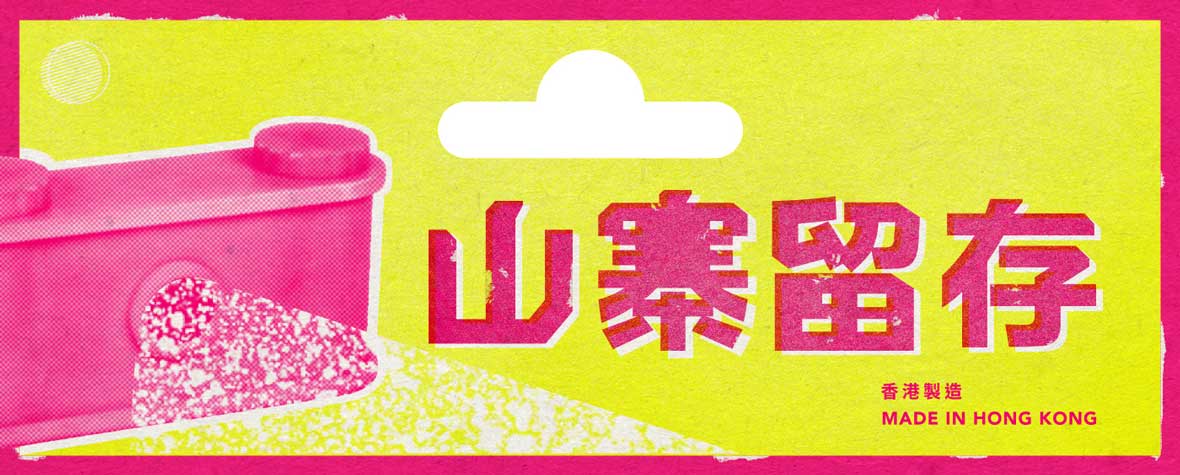
The second installment of Made in Hong Kong, “Knock-off Timeline,” gives a chronology of the development of the city’s knock-off toys. The issue’s format evokes the classic slinkies of the 1970s.
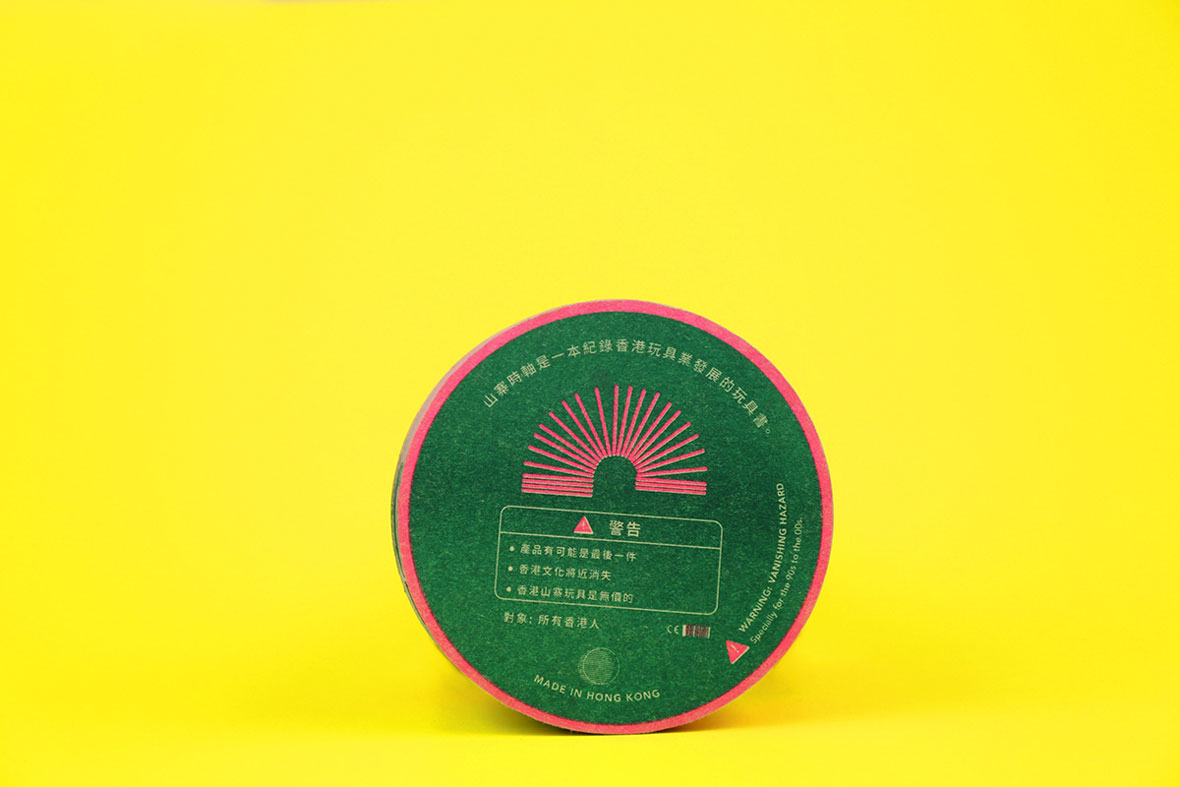
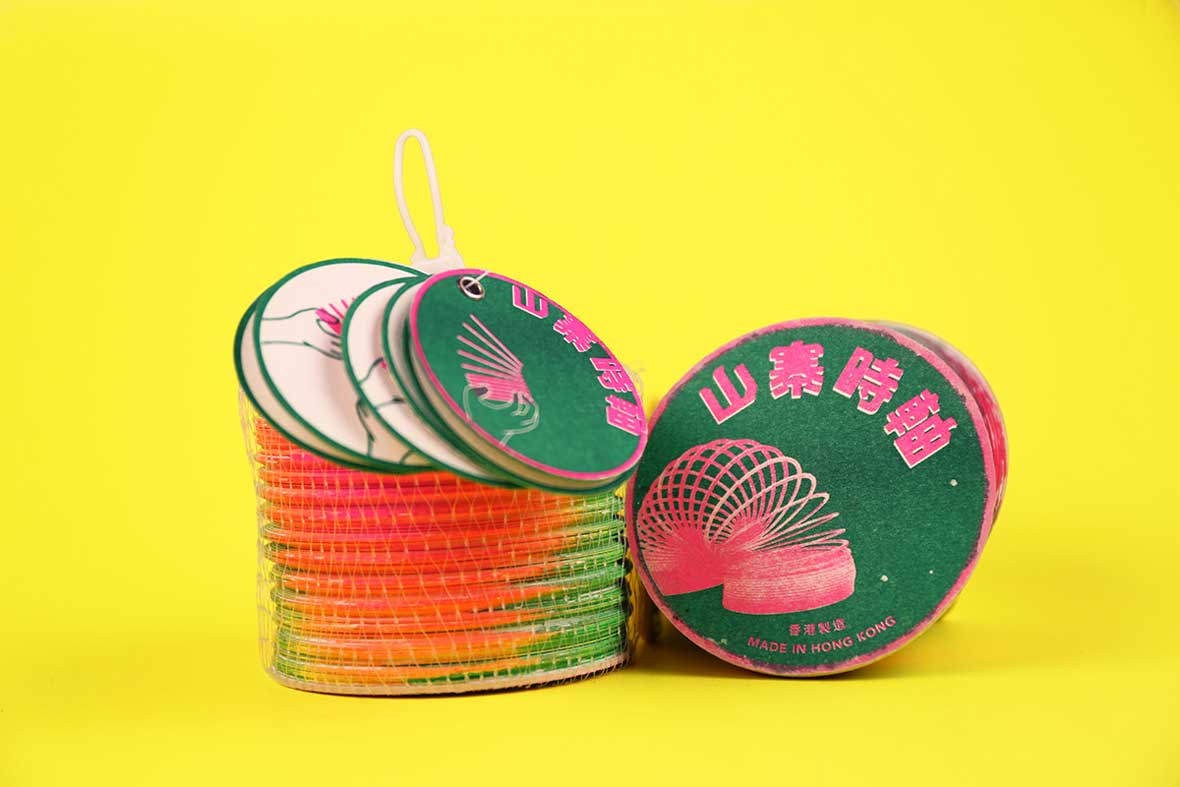
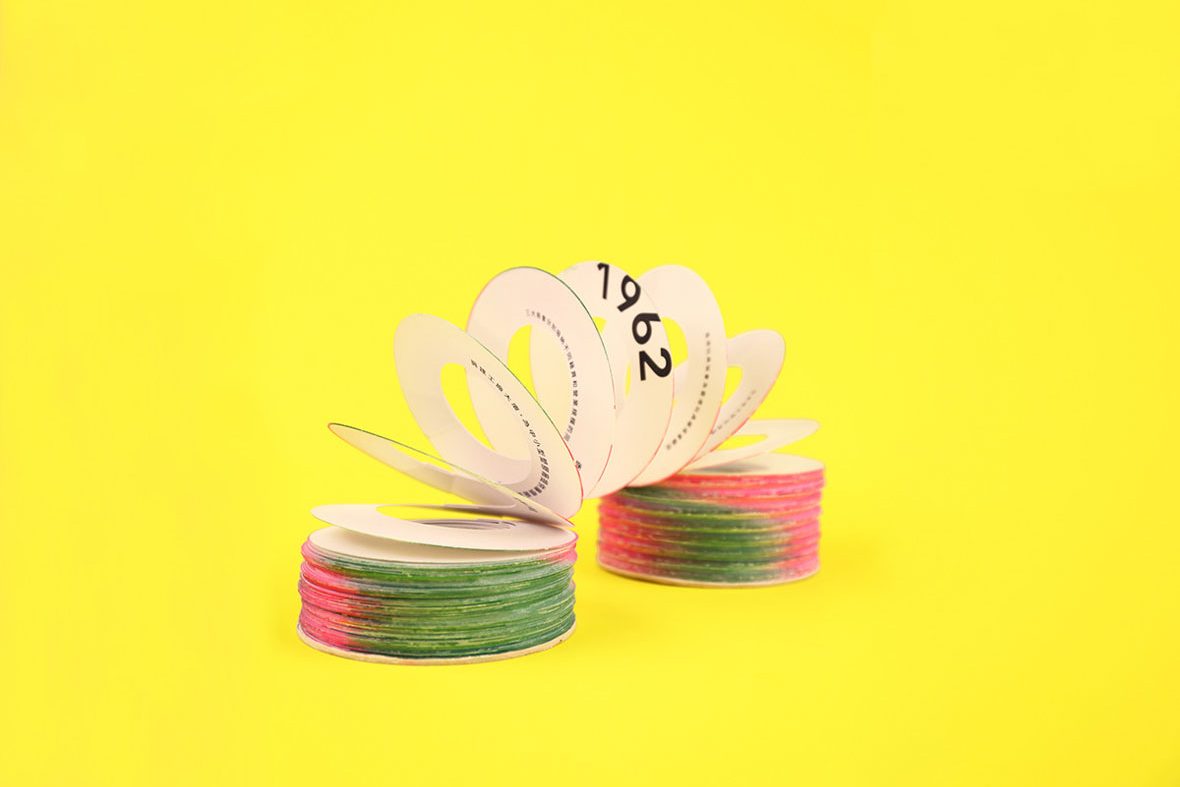

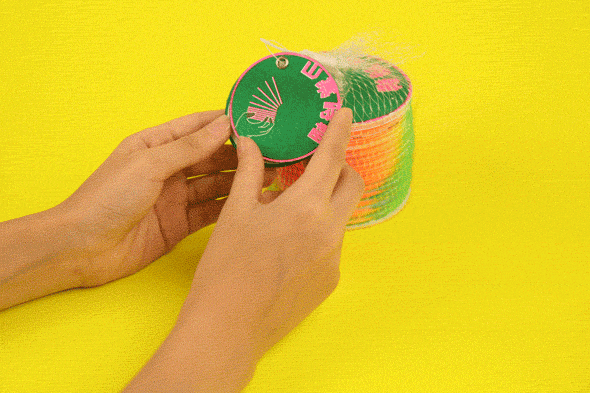
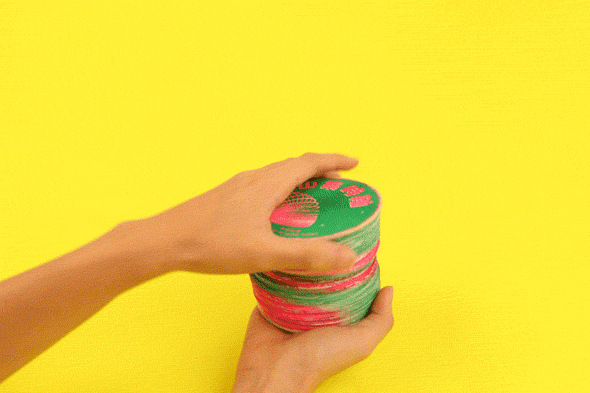
Vol.3 山寨留存 / Knock-off Preservation

The latest issue of Made in Hong Kong, “Knock-off Preservation,” uses a toy camera to record the few remaining variety stores, stationer’s, and places that once sold knock-off toys. It aims to document them before they’re gone, and to raise people’s awareness. The zine is designed like a plastic toy camera: after assembling the pieces, which are printed on a 3D printer, the reader can turn a gear to move the film and delight in the photos inside.

